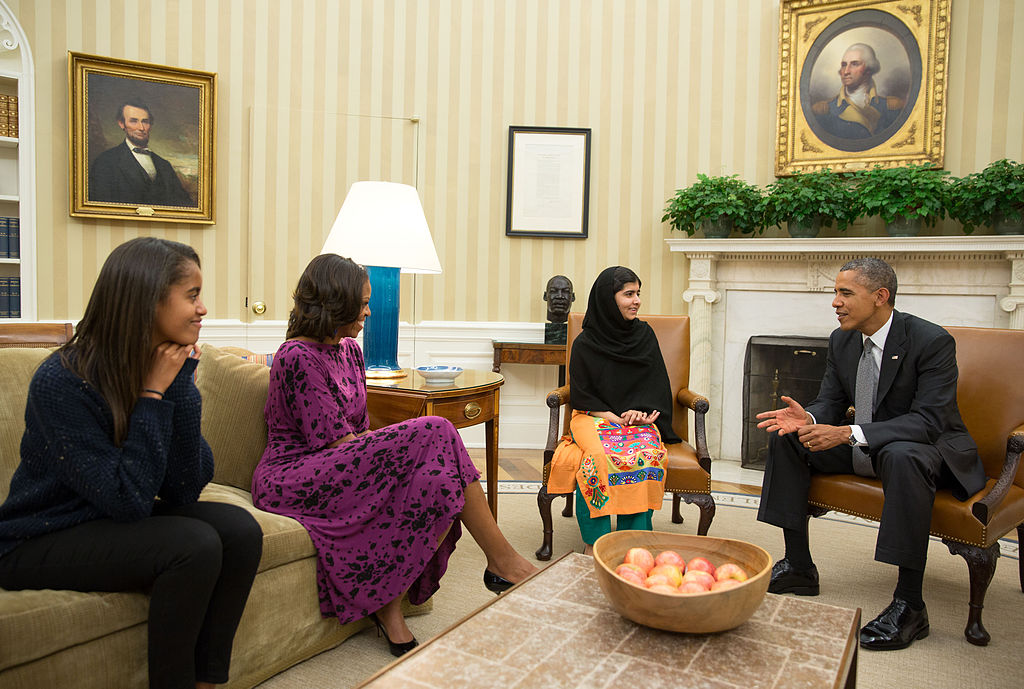The Radical Feminist, Afghanistan's Sara Bahayi
/AFGHANISTAN, Mazar-i-Sharif – Yesterday, U.S. citizens awoke to 'news reports' that a YouTube video of a dress that changed colors had received 25+ million hits. People spoke about it on elevators, argued their selection of colors in cafeterias, shared and watched the video on their iPhones, and an endless round of recaps flooded every local and national news outlet.
Concurrently, Americans awoke to the incredible story featured on the front page of the Washington Post about Sara Bahayi, the only female taxi cab driver in Afghanistan. This woman is the epitome of a radical feminist, but her story of courage and tenacity remained far from the topic of inane conversation.
Unlike the bra burning icons of the 60's who sought the opportunity to break through the glass ceiling in Corporate America and ascend to the vaulted ranks of male executives, or even those who just wanted to escape the ennui of their housewife status; Bahayi, 38, is one of a new breed of women who are risking their lives in pursuit of basic freedoms.
As Afghanistan's first and perhaps only female driver, Bahayi's life and those of her loved ones are in very real danger. Something that most women take for granted has become the focus of a feminist revolution in countries like Afghanistan and Saudi Arabia. It is easy to call yourself a feminist if you are safely ensconced in a political and social system which legislates equal rights protections, even if these protections are not always enforced.
It is quite another to seek equality in a society and culture in which women are considered chattel, a precept that is enforced by Taliban militia and other radicalized groups like the Islamic State of Iraq and Syria (ISIS). Malala Yousafzai, the young Pakistani woman, who at 15-years-old was shot in the head by an assassin and nearly died because of her efforts to lobby for the right for girls and women to get an education, is an example of the lengths to which extremists will go to reinforce their belief systems.
Bahayi has waged her quiet campaign of civil disobedience for 10-years driving a taxi through the streets of Mazar-i-Sharif. She has been threatened with grievous harm and even death, though she bravely takes the opportunity to talk to some of her male passengers to try and help them understand that driving a car even if it is a taxi, is not sacrilegious. However, most of her passengers are women who seem to feel more comfortable riding inside the car with a woman driver, and even in some cases riding in the front passenger seat.
Unlike the feature photo in which Burqa clad women are forced to ride in the open trunk of a car, Bahayi has literally taken control of destiny at the wheel of her taxi. According to the Washington Post, she earns roughly $10-20 she earns per day. As an unmarried, childless woman, she uses the money that she earns to help support 15 relatives. "She started working outside the home in the late '90s when her brother-in-law was killed by the Taliban; a male neighbor taught her to drive after Bahayi decided her high school teacher's salary was insufficient; she got her drivers license two years ago in a class of 30 students, all male, only nine of whom passed the test. When driving into Taliban-controlled areas, she sometimes disguises herself as male..."
Bahayi has waged a quiet revolution and it is nice to read that her inspirational story was brought to international attention. Reportedly she is in negotiations to open a dealership. Because of the complexity of property ownership in Afghanistan's patriarchal society, she will require the initial investment and auspices of male partners to launch her business. However, she has stated that once the business is established, she hopes to transform it into Afghanistan's first female-owned car dealership. Watch her tell her story in her own language.
Editor-in-Chief: @AyannaNahmias
LinkedIn: Ayanna Nahmias














